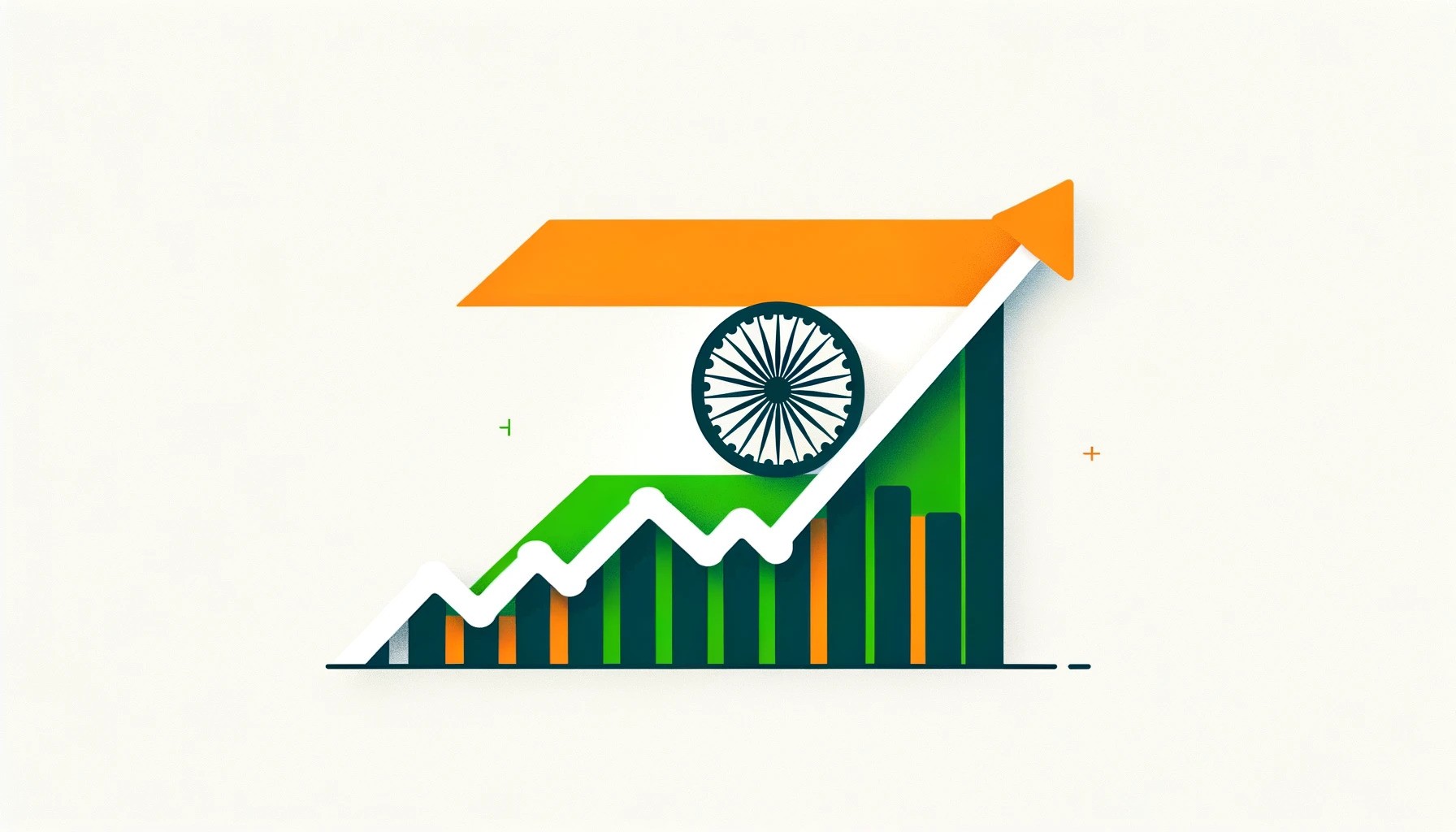[This is an excerpt from the April 2023 letter to Capitalmind PMS Customers]
The Capitalmind Wealth PMS performance as of March 2023 is here:

We realise that returns are lousy in the last one year. The Nifty’s been flat and our only outperformer on a 1 year basis is the Low Volatility portfolio.
It’s not good for portfolio managers to attempt to justify bad performance, because all of it looks like an excuse. At some point, we have to be able to outperform through market cycles and if we don’t, there are no excuses.The only thing that we can do – regardless of past performance – is to constantly expect things to change, learn from new and harsh realities, and to avoid doing really bad things.
The first two are easy. Strange things will happen and the reactions will be even stranger. Right now, for instance, as of end-March 2023:
What a month it’s been. First, a bank that invests “safely” (i.e. in government backed bonds) went nearly belly up. The fall of Silicon Valley Bank (SVB) has been swift and brutal. Over $45 billion was withdrawn, electronically, after some venture capitalists advised their companies to take their money out. Why? Because SVB’s bond investments had lost market value after the Fed raised interest rates by 5% in less than a year. We did a podcast and a post on it, if you aren’t already sick of the drama. But what’s important is: SVB, which is the size of HDFC Bank, nearly collapsed overnight and was rescued by regulators overnight. Another bank, Signature, which is the a little lesser than the size of Axis Bank, also went belly up and was rescued that very weekend.
Just one weekend later,. the collapse and quick rescue of Credit Suisse, which hasn’t quite sunk in yet. Credit Suisse is huge. It’s bigger than all Indian banks except SBI. It collapsed quietly, saw its shares taken over at a fraction of what it sold at a few months earlier, and will vanish into the behemoth that is UBS.
Over the last few days, Deutsche Bank has been wobbly in its stock price, with all sorts of rumours going around.
In the very same month, both the US and European central banks raised interest rates.
In financial terms, this is as close to armageddon as you might imagine, if you weren’t living in 2023. But in 2023, everyone has guts of steel, apparently. The US markets were up 3% in March, and the DAX in Germany was up 1.7%. Even the Swiss index, where Credit Suisse is one of the largest operating banks, was up close to 1%. Indian markets, despite having no connection to any of the above, were only up 0.3%, and that too because of a miraculous move on the 31st of March.
You could have been prepared for the worst, and the worst possible set of things happened. Markets, meanwhile, did not panic even a little. After a year of fearing that the rise in interest rates will hurt companies, watching the largest cash rich companies fire people left, right and centre, and then seeing three large banks go under and get rescued, you would have thought that the markets should have collapsed. Nothing of that sort happened.
Fear by itself is not a problem. It’s usually the extrapolation of fear into “oh, I should exit markets”. This fear, too often, doesn’t find a partner in markets. Think about it. There was a Brexit fear, when markets fell 6% on the day the British voted to exit the Eurozone. But when Brexit actually happened – in the last couple years – there hasn’t been anywhere close to that level of economic despair.
India benefited from fear too – in 2000, the massive feeling was that programmers had hardcoded 2 year dates into complex systems, and that the world would come crashing down when Year 2000 hit – so companies employed armies of professionals to sift through COBOL code that might have been impacted. Most such companies – who did the code checks – were in India. Year 2000 came, and there wasn’t anywhere close to a “crash” anywhere. Maybe the code-checkers were excellent at their job. Or maybe it was just too much of a fear. I’ll vote for overblown fears, even though I personally benefited in a tangential way at the time.
You could expect the worst, and the worst could happen, and the actual volatility you expect may still not happen.
In fact, it triggers another thought: if all these bad things have happened and the markets haven’t tanked, how will markets react to actual good news?
FIIs have been continuing their exits, selling over 26,000 cr. in the first few quarter of 2023. That’s after 125,000 cr. has been sold in 2022. There’s been no love from foreign investors, even when the Nifty has outperformed most other indexes even in USD terms.

Investment into equities is already starting to look up, with the Nasdaq up nearly 20% in the first quarter. Asian equities have been seeing global inflows too.
Now there are two factors to long term price changes in stocks:
Earnings: When businesses earn more, then people are willing to pay more to own a share. Over time, earnings growth comes from three factors: a better economy overall (a rising tide), a good sector tailwind (all stocks in the sector benefit) or something specifically good about a company.
Currently, the economic conditions with rising interest rates have built fears about potential earnings growth. Startup layoffs, failing banks, rising interest rates and warnings from corporates create the impression that earnings growth is going to slow down. However, for the December quarter, we saw a 14% median profit growth in the Nifty, despite the higher rates. The earnings momentum in India, at least, is expected to be stronger going forward. For one, we’re habituated to higher interest rates, and our rates aren’t at an extreme high unlike the west. For another, we’ve already gone through the banking problems the west has, and have lowered the leverage in our corporate balance sheets. If earnings continue to grow, the markets should react positively.
Perception: What markets seem to value even more than earnings is the perception that a stock is valuable. As a multiple of earnings, the Price to Earnings (P/E) ratio has been a bigger contributor to stock price appreciation in the 2010-2020 era than even the earnings itself. Anoop’s article on the “10x stocks” (stocks that went 10 times up in 2012-2022) shows that the bulk of returns were because of a much higher P/E ratio, rather than earnings growth itself.

Are times changing, going forward? Will a higher interest rate regime mean that companies won’t get such a high P/E ratio in future years?
It’s going to be about growth. A company showing strong growth will be given rich valuations even in times of high interest rates. This applies to sectors and broad economies too. From the macro-lens, India’s growth prospects are among the highest in the world, given that we’re just demonstrating more as a formal economy.
So, whether it’s earnings, or perceptions of growth, India is better placed as an economy. We can trickle it down to sectors and stocks – this is our job. But what it does mean is that eventually, global money will chase this growth, flow back into India and work into stock prices back again.
Surge India: The time seems to be right for the country.
Everyone’s going to tell you this story. But it’s a good story to tell.
India’s in great shape, as an investment destination, compared to China or Russia. Discussed ad-nauseum, even though we’re too small at the moment.
The formalization of the economy is yielding benefits. You will hear about GST – everyone’s on it because everyone else is on it and so the government makes more revenue. The bigger deal is: lenders can soon get access to your GST transactions with your consent, through the account aggregator ecosystem, along with all your bank accounts. They can digitally process, track and enhance credit limits in a predictable way with less fear of PDF photoshop manipulation. There’s UPI that ensures people get paid in bank accounts. There’s CIBIL and CRILC (loan databases in India that allow collective assessment). If you’re in the formal system, you will benefit.
Add to this the government’s preference for domestic production to substitute imports.The idea is: we can’t be a net exporter. So let’s just substitute more imports and make things here instead. For that there’s a whole host of production led incentives, a high import duty for everything and more labour reform. If India can make for itself, then it can make for the world. (Not the other way around)
The biggest gains from this will accrue to anyone in the formal economy – through jobs, profits and greater revenue sources. Now, if at some point we can use new energy sources – electric vehicles, hydrogen, nuclear etc. – to reduce oil imports to half, we end up being neutral on exports versus imports. It’s likely to happen in the next decade, giving the rupee a fillip when it does happen.
Surge India rides that story. Logistics, infrastructure, domestic manufacturing, import substitution, local brands, alternative energy and investments+credit. We’ve heard different versions of it, and perhaps some of us are sick of hearing it, given that Bangalore can’t even get a metro done yet, or win the IPL. But even if Bangalore’s left behind, we’ll see the India story pan out.
The bigger deal is to avoid making big mistakes. We’ve done that for the most part, some by our algorithms telling us, after looking at stock prices, that what looked “good” might no longer be. It’s not perfect, so we end up with a few tough years; these look like small mistakes, but they’re part of the grind that strengthens character. We are, after all, the sum of the mistakes we’ve survived through.
To summarize:
- Previous year returns suck, because of fear of whatever was likely to happen
- So much has happened already that the market should have crashed
- It didn’t.
- So we expect that good news will lift it out of the rut it’s in
- And the good news is likely to be coming soon, as growth and perceptions are with India
- Essentially, when so many people are bearish, it might just be a good time to invest or to stay invested.
Fixed Income: The Great Pause
The RBI said “No” to raising rates for the first time since 2022. This “pause” in a rising cycle is a sign that rates are high enough to bring down inflation. Also, that inflation is probably a little more under control now.
Both corporate and personal spending will react to interest rates with a lag. So a pause means it becomes easier to evaluate which opportunity to tap, because it now has to beat a rate of return that is no longer an upward moving target. Corporates understand this well, so expect a larger set of announcements on capex soon.
The great pause has pushed us to move to longer durations on the debt portfolio, and we did it in March itself. The debt portfolios are now invested in the longer duration funds to take advantage. In a couple years, rates should normalize downwards, which will benefit such funds disproportionately.
We’re working hard with a bunch of quantitative tools, developed in house, and some with the help of the awesome ChatGPT. These tools will help us build, refine and expand our strategies in half the time it used to take. We can’t claim to be an “AI-managed PMS”, because if you work more and more AI, at some level, you’re the one managing it. It better be that way; otherwise I’ll just have ChatGPT send you the next letter.
Trying to be naturally smart versus artificially intelligent,
Deepak




